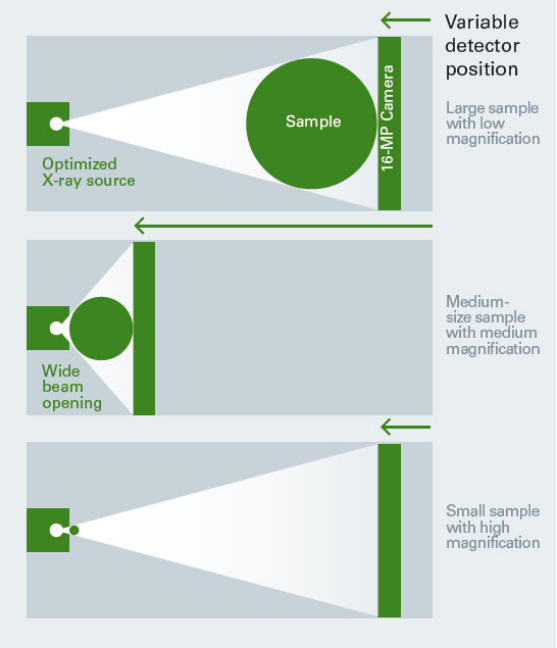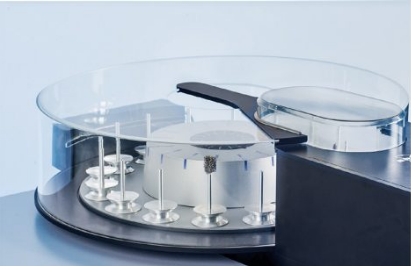key pointapplication
Fiber and composite materials
By combining materials into composite materials, the resulting components can have higher strength while significantly reducing weight. To further optimize component performance, it is necessary to ensure that the direction of the components can be optimized. One of the commonly used components is fibers, including steel bars in concrete, glass fibers in electronic components, and carbon nanotubes in aviation materials. XRM can be used to detect fibers and composite materials without the need for cross cutting, ensuring that the sample state is not affected during the sample preparation process.
·The direction of embedded objects
·Quantitative analysis of layer thickness, fiber size, and spacing
·Using an in-situ sample stage to detect temperature and physical properties

medicine
The development of new drugs is a time-consuming and costly process., XRM can provide real-time internal structure information during the product formulation phase, accelerating the launch of new drugs.
·Determine the compaction density of the tablet
·Measure the uniformity of coating thickness
·Evaluate API distribution
·Detecting micro cracks caused by stress in compacted tablets
·Using in-situ compression to detect mechanical properties

Foam material
Foam materials are widely used in industry. According to the material and structural characteristics of foam, it can be used as heat insulation or sound insulation materials, as well as as shock absorption structures in protection or filtering devices
XRM can realize 3D visualization of the internal structure of foam losslessly.
·Determine the thickness of local structures
·Determine structural intervals to achieve visualization of gap networks
·Conducting in-situ mechanical tests using compression and tension tables
·Determine open porosity and closed porosity
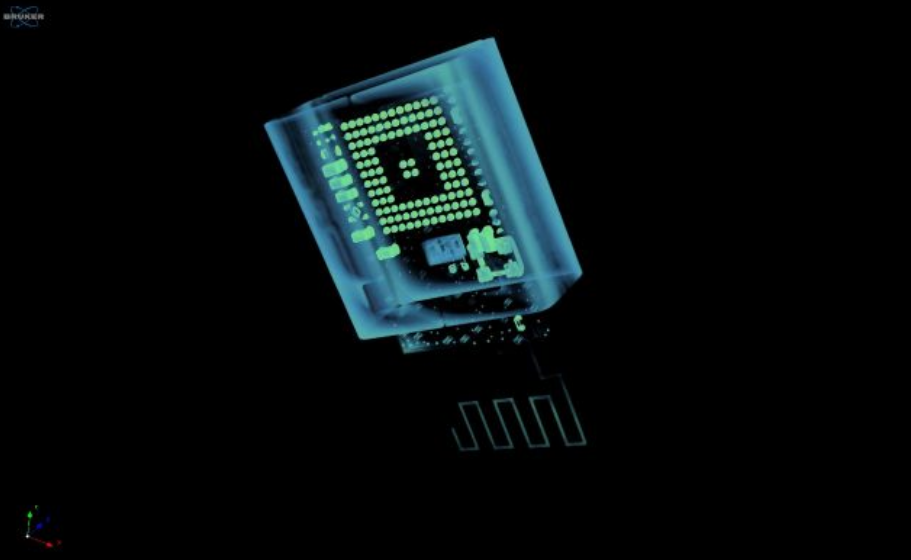

Electronic geology
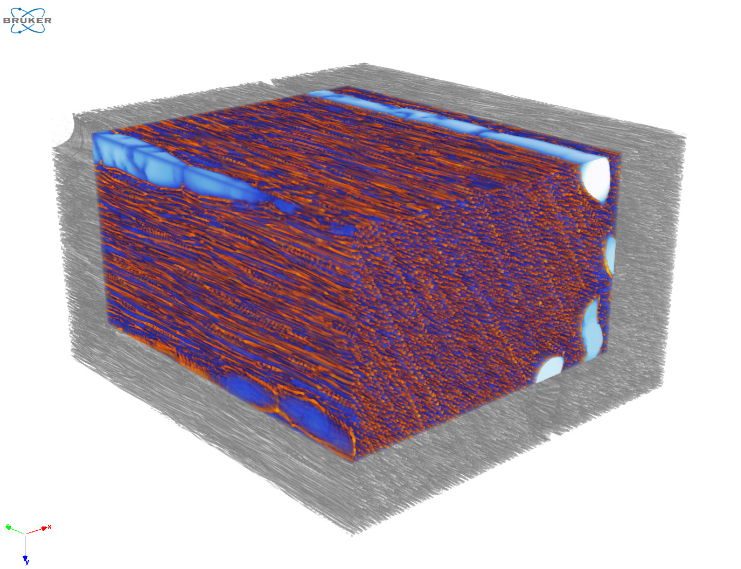
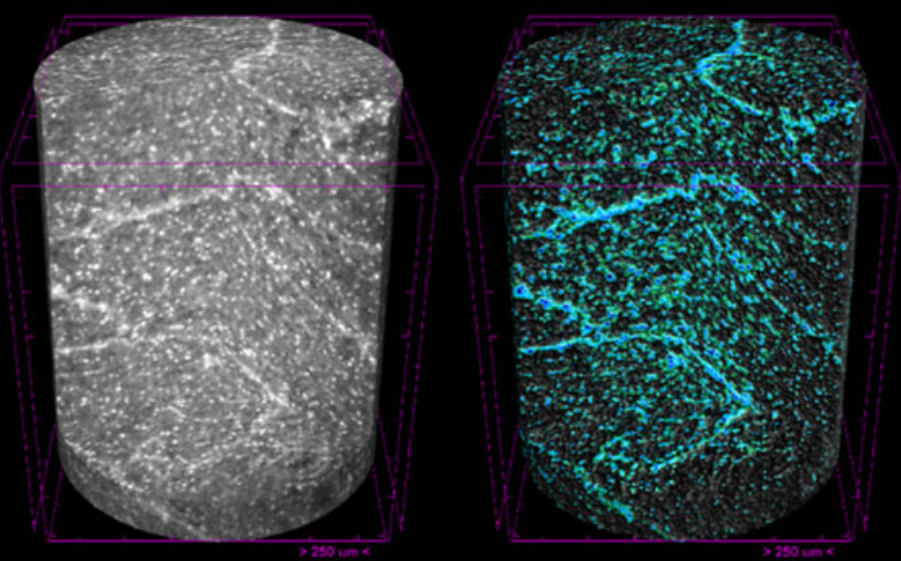
Wood food



